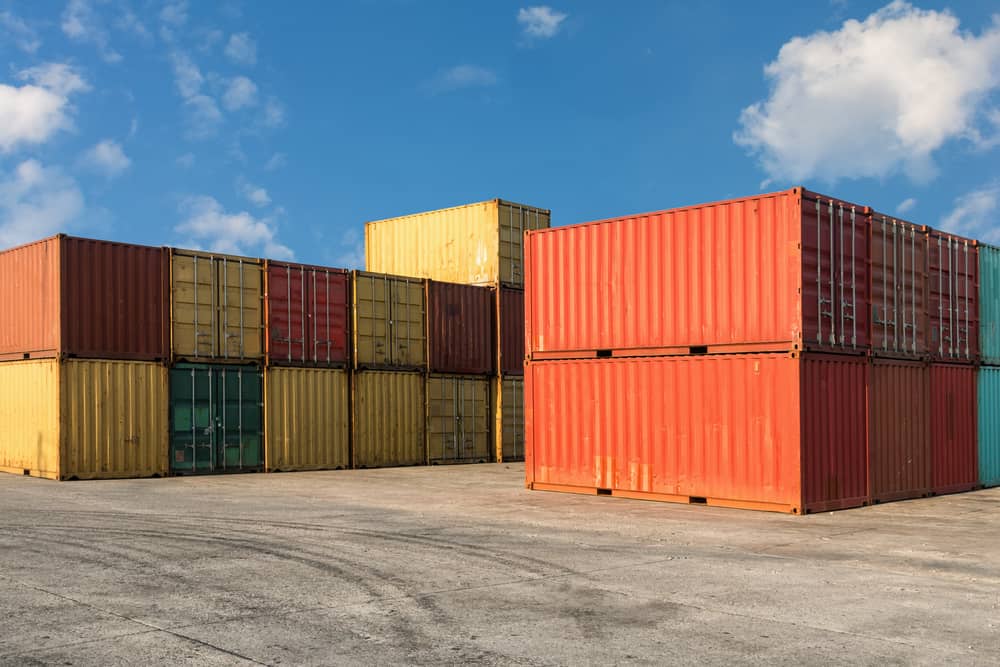Intermodal containers are reusable box-shaped structures which have revolutionized the way cargo is transported on ships across the world. They are produced for efficient, safe, and undamaged material transportation.
Many variable container types depend on the load carried. Each one is used for carrying different types of goods. General purpose containers are the most-common container type that is used in ocean freight.
Let’s see below to understand how the general purpose containers are made.
1. The first step is cutting steel rolls into sheets to create wall panels. The sheets get their wave-like texture in this step to increase durability. They are sandblasted and primed to remove rust, dirt, and contaminants.
2. After roof panels and floor braces are made, they are welded together with wall panel sheets. To keep the structure stable, the top of the walls is welded with square tubing.
3. For the bottom, floor panels are assembled to make the floor frame.
4. For the doors, corrugated steel which is cut to size is used again. Door assembly with corner posts is prepared and mounted on the floor frame. With the help of cranes, corner posts, wall panels, the assembled door, and lastly the roof panel are welded together.
5. The next step is to fit the wooden flooring on top of the floor frame. Plywood panels varnished with a protective coating are used to floor the container. Once the panels are ready, they are placed inside the container and screwed down into the steel floor.
6. Finally, the container gets painted with waterproof paint and fitted with rubber seals to prevent water and weather damage.
The typical lifespan of a container is 10-12 years. If you are curious about the afterlife of the intermodal containers, you should read our two articles on container uses here and here.




